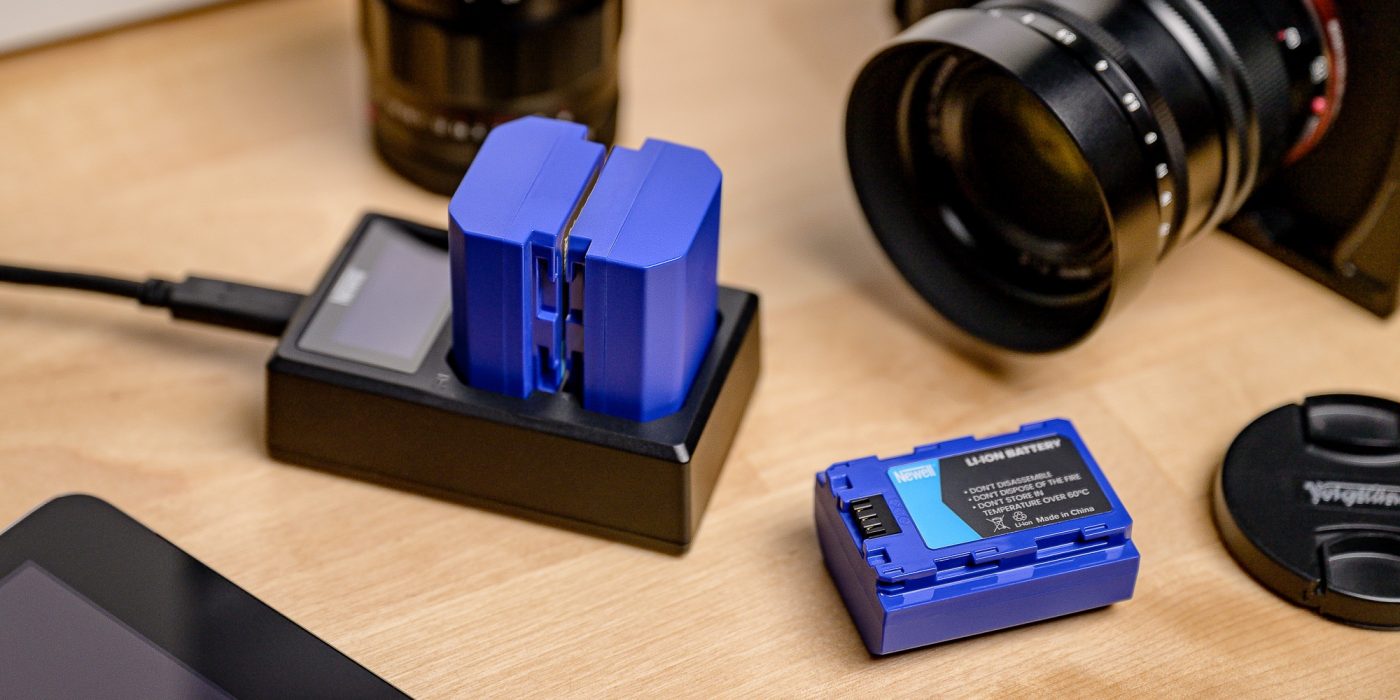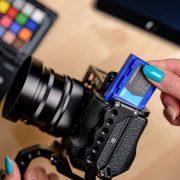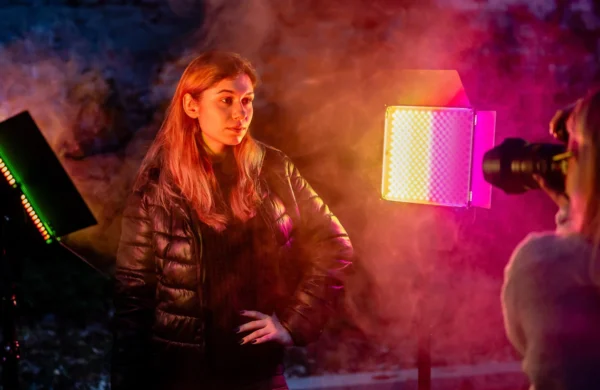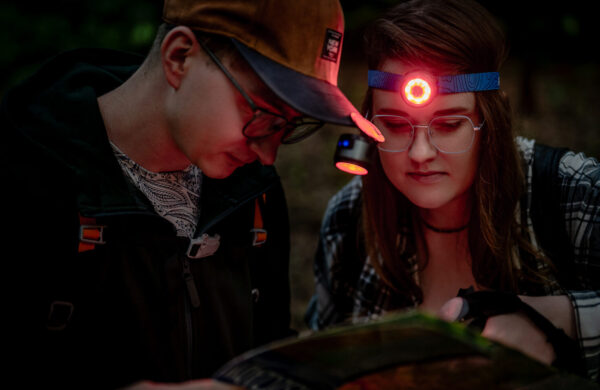Although modern cameras offer an impressive working time, allowing you to take hundreds of photos and shoot countless number of shots on a single charge, sooner or later, each of us has a need to buy new batteries. What to look for when looking for spare cells? Which digital camera batteries will suit your equipment? What to avoid when choosing replacements? This article will help answer these questions.
While in the case of mobile phones and smartphones, removable batteries have been replaced over time by those built-in, popular cameras still allow us to remove the cell from the device at any time and replace it with another. This solution means that the photographer or filmmaker does not have to panic looking for a charger when the battery icon flashes on the device screen. It is also a guarantee of many years of work with equipment, which is often very expensive. The life of the batteries decreases with regular use, but we can reach for new cells at any time, without worrying that you will have to buy a new camera. Motivations may be different, but one thing is certain – replacement or purchase of an additional battery, sooner or later awaits every photographer or video maker.
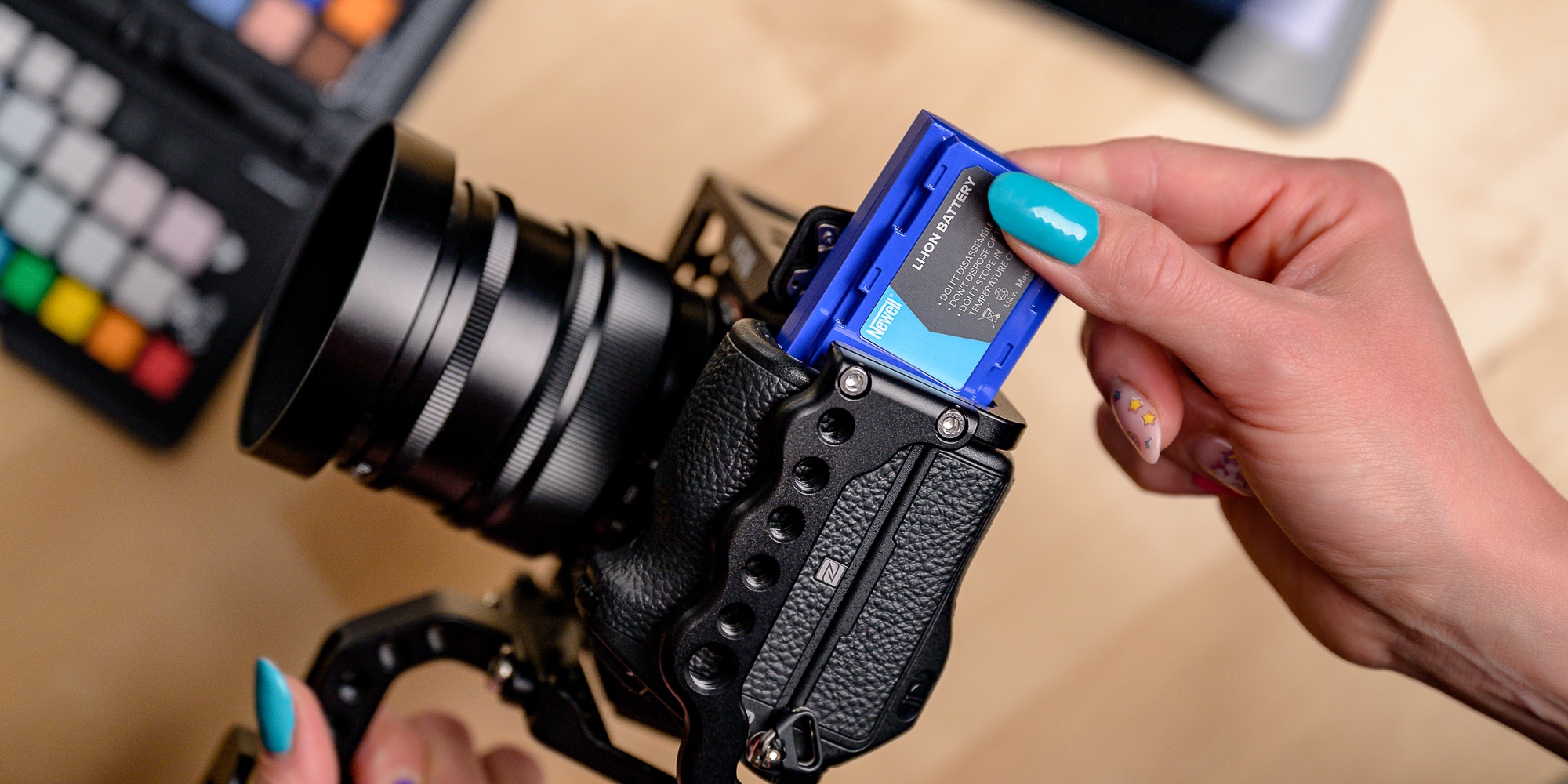
Original camera batteries
If your camera battery doesn’t last as long as it did on the day it was purchased, or your film or photo projects require a lot of power, it’s time to shop around for new batteries. The first choice is of course the battery of the brand whose camera you have. It will definitely be the most obvious choice … until you check its price. The original battery from Sony, Panasonic, Canon, Fujifilm or Nikon is a considerable expense, which includes the reputation of the brands and their position in the market. If you are faithful to your favorite company and the wealth of your wallet allows you to bear the costs associated with it, the original battery will surely meet your expectations and will work exactly the same as the one that accompanied you for the last months or years. An alternative solution, however, may be substitutes, which are really available on the market. And here comes another challenge: which product should you choose to be sure that it will perform as well as the original?
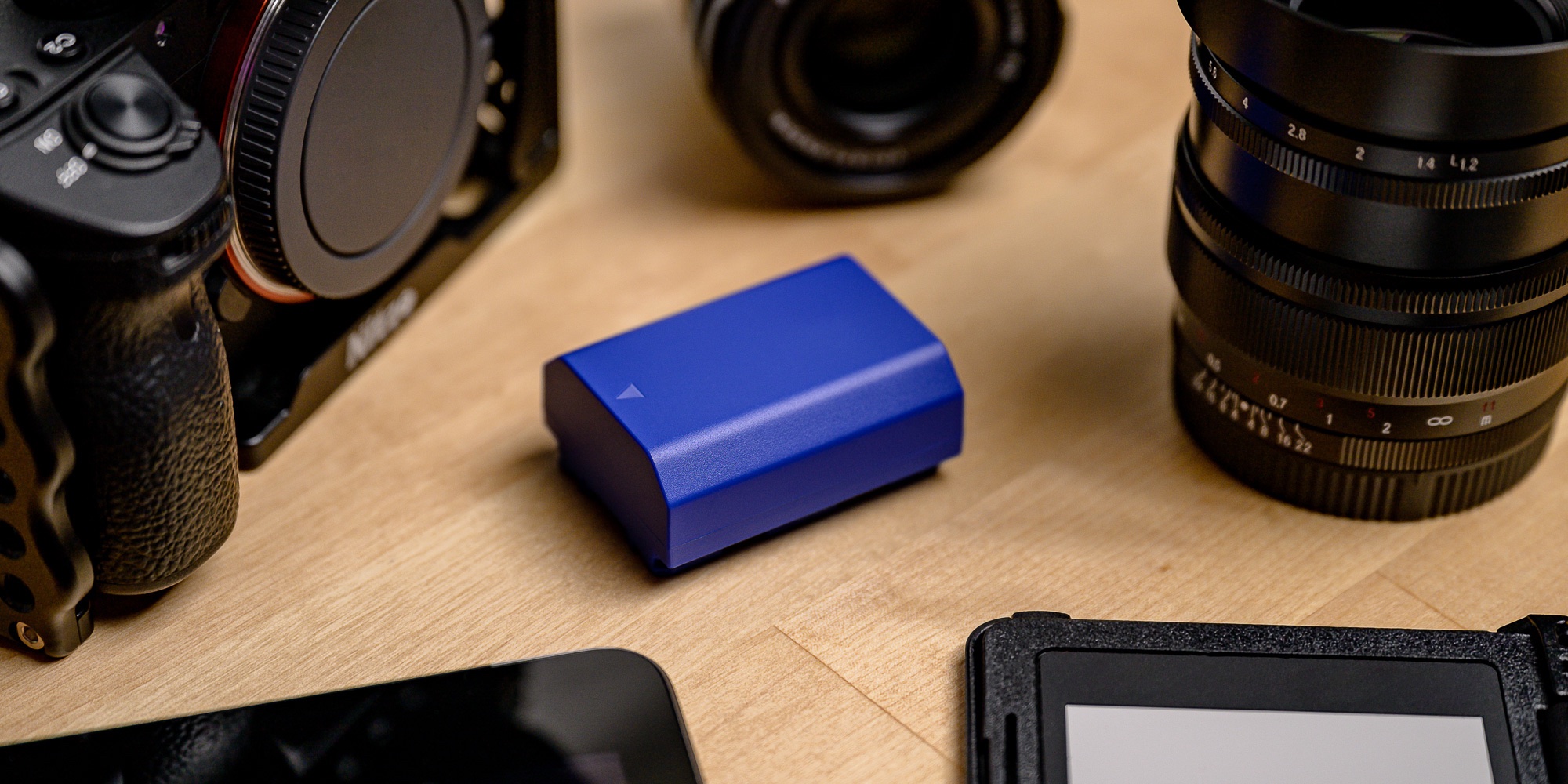
The replacement is not a fake!
Typing “good battery replacements” on Google can lead you to tempting deals that are at suspiciously low prices. Interestingly, many of the products that will appear in search results will have the Canon, Sony or Nikon logo. These links should be avoided at all costs. These are fakes, which not only litter the photo / video equipment market and use the image of well-known brands unlawfully, but also pose a great threat. Most often, these are products that have not been properly optimized, tested and secured. At best, you might encounter a situation where the battery runs out of power after taking a few photos and the charge indicator does not display the correct measurement. Unfortunately, there are much worse scenarios involving equipment failure or a fire. So what to do to avoid dangerous situations and enjoy the high quality of the battery without overpaying for the original battery? It is worth trusting replacement manufacturers who have been making every effort to ensure that customers receive refined and tested products that users of photographic equipment recommend to each other.
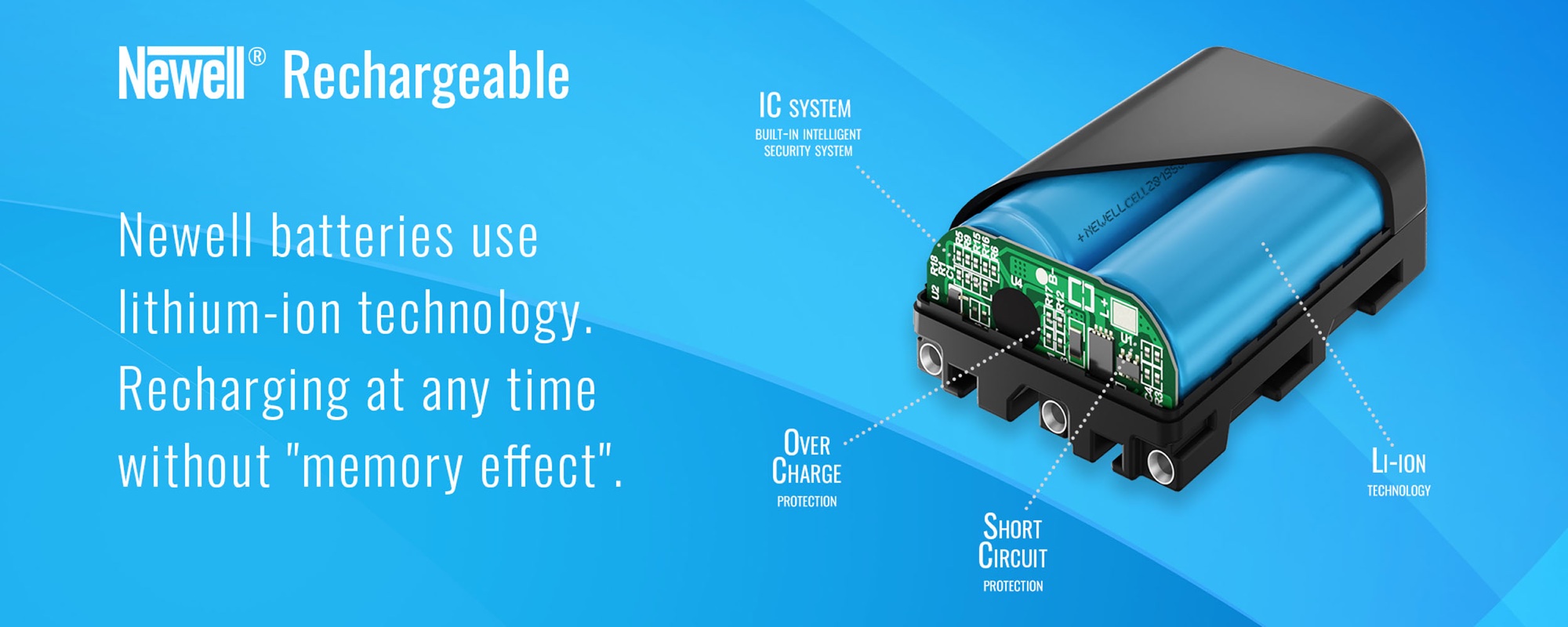
Why choose Newell batteries?
It is perhaps no surprise that since you are reading an article posted on our blog, we will want to encourage you to buy our products. However, we are not going to bombard you with marketing slogans. Since 2009, we have been creating replacement batteries for various devices and we know how to do it well. The best proof of this is the 40-month warranty that we provide for all products of our brand. If anything starts to bother you, let us know and our complaint department will help you solve the problem at an express pace.

Designation of camera batteries
After you choose a trusted manufacturer of replacement batteries for cameras (e.g. one that provides a 40-month warranty ????), you should match the cell model to the camera you have. You will definitely find its symbol on the battery that you have used so far. Below you will find examples of markings used by popular camera manufacturers:
- Nikon – symbols starting with „EN-EL” (e.g. EN-EL15)
- Canon – symbols starting with „LP” (np. LP-E6NH) lub “NB” (e.g. NB-13L)
- Olympus – symbols starting with „BL” (e.g. BLN-1, BLX-1, BLH-1)
- Sony – symbols starting with „NP” (e.g. NP-FZ100, NP-FW50)
- Panasonic – symbols starting with „DMW” (e.g. DMW-BLK22), „CGR” (e.g. CGR-S006) oraz „CGA” (np. CGA-S006E)
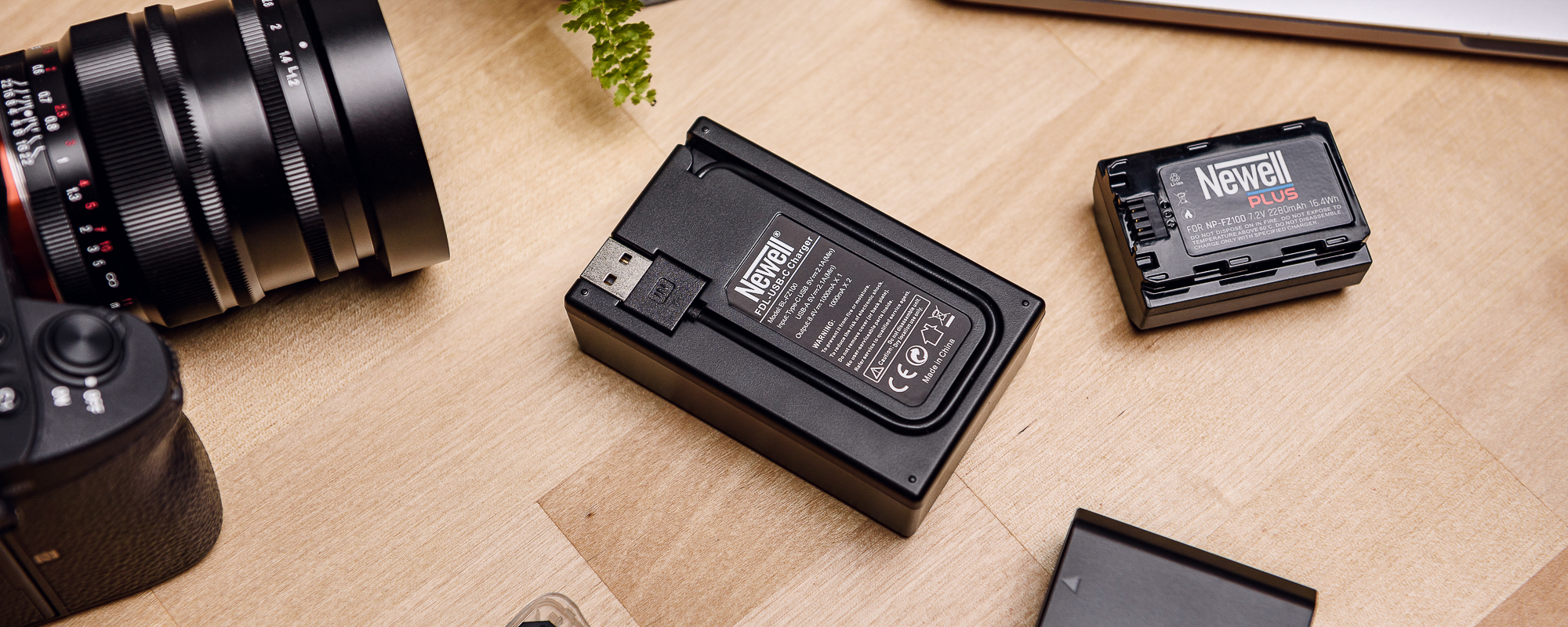
What to consider when choosing a battery for the camera?
The battery symbol should be enough to choose the right cell. However, you can pay attention to a few additional parameters. The first is the voltage expressed in volts (V). Ideally, it should match that of the original battery, but variations of 0.2 volts one way or the other should not adversely affect the camera’s performance. The second value that often appears in battery descriptions is their capacity. The parameter most often given in milliampere-hours (mAh) may be slightly different from what the original battery offered. The cells that are supposed to offer 2 or 3 times more capacity are the red flag. In this case, we can consider 2 possible scenarios: either someone is making up the specification or the battery is hyperboosted, which can lead to its “leakage” in the battery compartment. The rule is simple – it’s best to buy products whose specification corresponds to that of the original battery.
We hope that our short guide will help you make the right decision. If you have any questions or doubts, feel free to write us an e-mail or contact us on Facebook or Instagram. Our people know batteries and accumulators like no other and will be happy to help.

